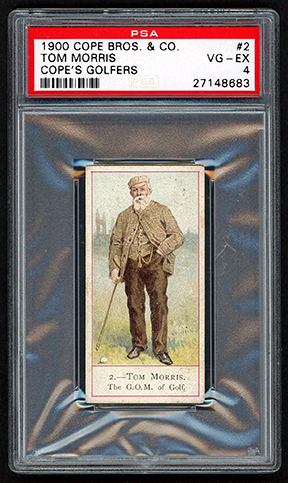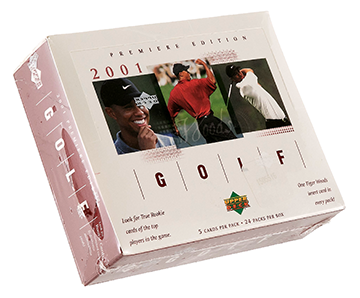By George Petro
The golf collecting world is abuzz with regards to early 2023 auction results for encapsulated or “slabbed” cards, photos and tickets that have been examined by experts and then sealed in tamper resistant plastic cases, labeled for condition (Grade 1-10) or as “Authentic”, and assigned a cataloged unique serial number. Slabbing usually increases the value of an item and often significantly so, but occasionally (especially for lessor cards) if a slabbed card is given a low grade, it can be less desirable than the “raw” card. A signed item can be graded for the signature alone, so when purchasing, be careful to discern if it’s only the signature that’s received a high grade on a potentially inferior card.
The various authentication or grading agencies include: PSA – Professional Sports Authenticators; BGS – Beckett Grading Services; SGC – Sportscard Guaranty Corporation; and others. Note that BCCG – Beckett Collector’s Club Grading may use lower standards so expect to pay less for those items. JSA- James Spence Authentications does authenticate items and signatures but doesn’t do encapsulations at this time.


